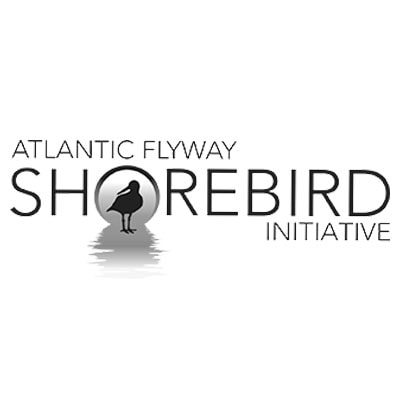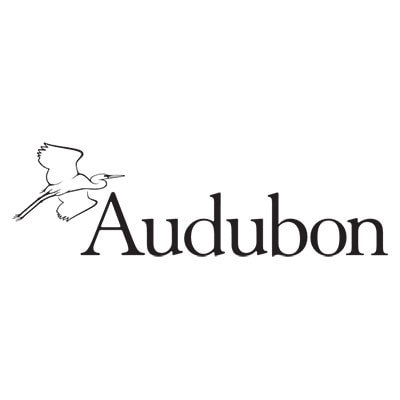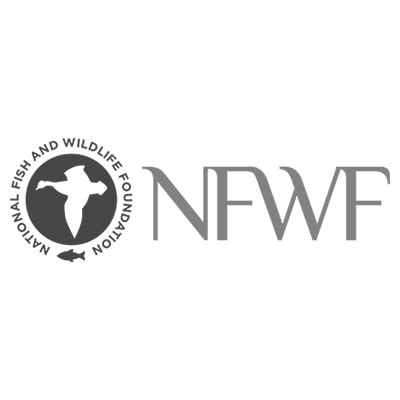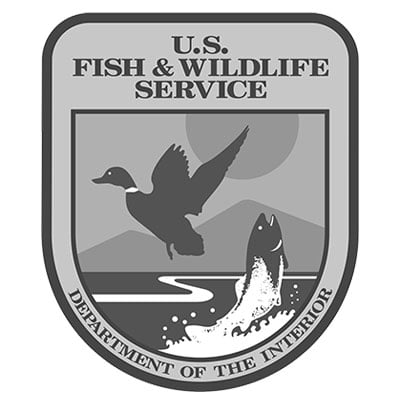Examples of Behavior Change Strategies
Signs and Messages
While conducting surveys, Comber and Dayer found that some dog walkers did not know where shorebird nesting areas were located on beaches. This was particularly an issue at sites that did not have symbolic fencing or closures. Dog walkers sometimes thought shorebirds lived in dune systems or confused beach-nesting bird areas for other wildlife nesting areas such as tortoises or sea turtles. Having information stations and community outreach guided by staff or volunteers can reduce some of the knowledge gaps and improve awareness about shorebirds among dog walkers. Consider hosting a training for volunteers and stewards so that all project staff can spread consistent messages to dog walkers.
Preventing dogs from running into nesting areas, keeping dogs safe, and preventing dogs from bothering people are the top benefits to leashing dogs on beaches. Alternatively, some dog walkers did not think leashes were necessary because their dogs were obedient to voice commands. According to some shorebird land managers, signs can be effective for managing human disturbances; therefore, interpretive and prompt signs can be used to relay messages about benefits and constraints to leashing and can encourage dog walkers to leash their dogs or use alternative dog walking areas in the community.
Information Stations and Events
Depending on an agency’s or organization’s goals and resources, information stations and planned events can be simple or elaborate.They can be mobile, such as a table at a beach entrance, or they can be permanent, such as a visitor center. Whether temporary or permanent, information stations and events should be staffed and function to 1) welcome visitors to the area, 2) orient visitors to the area, 3) sensitize visitors to the area’s values, 4) respond to visitor’s needs, and 5) interpret the site.
Through interpreting the site, staff or volunteers can distribute information packets to dog walkers. Information packets can aim to educate dog walkers about the potential harm that dogs can have on shorebirds, ways to minimize the impacts of disturbance from dogs, and maps with alternative dog walking areas in the local community. Additionally, staff or volunteers can distribute incentives, encourage visitors to sign pledges, and more.
Resources Needed for Implementing Dog Walking Strategies
- Guidelines for creating and distributing lists or maps of local dog walking areas
- A clear alternative behavior present in main avenues of campaign messaging
- Example messages or scripts to give partners and staff so that messaging stays consistent
Social Norms / Social Diffusion
- Example list of ways to make norms visible to your target audience
- A list of organizations or individuals who can serve as champions to demonstrate and positively communicate about the behavior
- Signs or flyers with different pledge phrases or pledge hashtags
- Example list of ways to encourage voluntary commitment, such as incentives
- A simple and quick message to relay your behavior in a positive way
- A list of potential locations to place prompt signs where the behavior change needs to occur
- Language that reminds dog walkers to leash their dogs near shorebirds, near closed areas, etc.
- A contact for printing and formatting signs
- Example list of potential incentives to pass out that are dog related and/or beach related
- Adequate funds to ensure the incentive is enough to motivate people to change their behavior
- Pre-designed social media posts to alert dog walkers about new access points or paths
- Signs to prompt dog walkers to enter the beach at new locations
- QR codes with links to nearby dog-friendly locations
Examples of Behavior Change Strategies
Signs and Messages
Because some beach recreationists recognize that a benefit to walking around flocks is reduced bird disturbance, messages about this benefit can act as reminders at beach entrances (see prompts) to beach recreationists who care about shorebirds but may have forgotten that walking around shorebird flocks is important for the conservation of shorebird species. Sings are also beneficial for sites that lack staff and volunteers because signs can relay messages in the absences of staff or volunteers.
Signs are an important behavior change tool and should be present at all sites (unless site conditions are not ideal for signs because they might float away or be stolen). Signs are particularly ideal for sites that have limited staff and volunteers because signs can relay messages to beach recreationists in situations where staff and volunteers are not able to be present on the beach. Yet, signs alone without the presence of staff or volunteers may not be as effective in changing behavior and/or ensuring compliance. Therefore, signs should be the first step in a strategy but the addition of in-person outreach is a key next step if agencies/organizations can afford it.
Events, Presentations, and Outreach
One constraint to walking around shorebird flocks is a lack of identification skills and knowledge related to shorebirds. Communication via community outreach and interpretation can be used to reduce these constraints by helping beach recreationists improve their shorebird recognition skills and by relaying messages about what shorebirds are and why it is important to walk around shorebird flocks.
Events, presentations, and other forms of outreach can combine multiple behavior change strategies to relay the importance of the desired behavior and emphasize the benefits to motivate individuals to adopt it. Social norms, pledges, and convenience can all be used to engage the target audience in the behavior.
Resources Needed for Implementing Beach Walking Strategies
- A clear alternative behavior present in main avenues of campaign messaging
- Example messages or scripts to give partners and staff so that messaging stays consistent
Social Norms / Social Diffusion
- Example list of ways to make norms visible to your target audience
- A list of organizations or individuals who can serve as champions to demonstrate and positively communicate about the behavior
- Standard building plans for basic viewing blinds
- Information of obtaining building permits and any environmental assessments needed to create permanent viewing structures
- Signs or flyers with different pledge phrases or pledge hashtags
- Example list of ways to encourage voluntary commitment, such as incentives
- An online platform for hosting pledge campaigns
- A simple and quick message to relay your behavior in a positive way
- A list of potential locations to place prompt signs where the behavior change needs to occur
- Language that reminds people to walk around flocks of birds, on the wet sand, etc.
- A contact for printing and formatting signs
- Example list of potential incentives to pass out that are beach related
- Adequate funds to ensure the incentive is enough to motivate people to change their behavior
- Pre-designed social media posts to alert beach visitors about new access points or paths
- Signs to prompt beach visitors to enter at new locations





